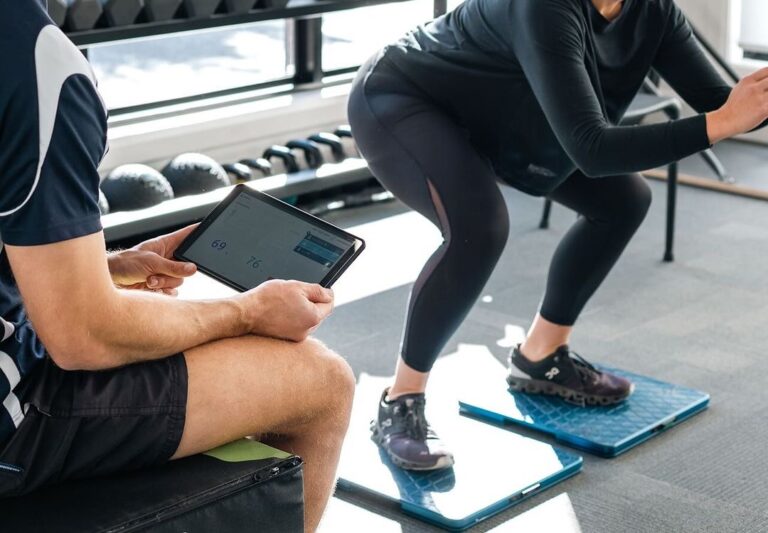In health and performance settings, we’re often trained to think in averages. We lean on protocols validated in research, derived from populations that often don’t reflect the diverse individuals that walk through the door. But effective care isn’t just about what works for the majority. It’s about what works for this person, right now.
Enter the n = 1 approach: tailoring assessment and management based on an individual’s unique strength and movement profile. With tools like the AxIT portable force plates and dynamometers, it’s easier than ever to break free from generic protocols and deliver hyper-personalised care grounded in objective data.
Why General Protocols Fall Short in the Clinic
While guidelines from research provide a helpful starting point, they come with limitations:
- They’re often based on young university students, elite athletes or military populations
- They don’t always account for age, activity level, or co-morbidities
- They may ignore client preferences, goals, or psychological readiness
In contrast, everyday clients (sedentary populations, or active retirees) don’t fit neatly into these moulds. Relying solely on protocols can result in misaligned programming, disengagement, or missed opportunities to tailor interventions.
AxIT Makes Personalisation Practical
The AxIT system changes the game by allowing practitioners to:
- Select or customise test batteries for different client needs
- Capture baseline strength and force outputs across multiple joints
- Visualise performance against a normative database (age, sex, weight, height)
- Track change over time using the same protocols
This means you can tailor your assessment process based on:
- Age-specific functional needs (e.g. fall risk in older adults)
- Sport-specific demands (e.g. mid-thigh pull for rugby forwards)
- Movement capacity (e.g. simplified tests for clients with limited mobility)

Real-World Examples From Generic to Specific
Example 1: Post-Op ACL Return To Performance
Instead of relying solely on limb symmetry indices or time-based milestones, AxIT allows you to test strength deficits in knee extension, hip abduction, and RFD, guiding precise exercise selection and return-to-play timing.
Example 2: Active Retiree’s Preventive Plan
For a client in their 60s looking to stay mobile, testing calf, glute, and grip strength with AxIT can highlight where early intervention might prevent future decline. Protocols can be scaled to match their capacity, without overwhelming complexity.
Example 3: Asymptomatic Runner with Recurrent Minor Pain
By testing across the kinetic chain, you may uncover lateral hip or ankle strength deficits that contribute to recurrent overload injuries even when pain isn’t currently present. Targeted intervention becomes easier to justify with data.
When Data Meets Meaning
AxIT force plates and dynamometers are measurement tools, yes, but they’re also a translation tool. The clients understand their results in clear terms. The traffic light visualisation system instantly contextualises complex numbers into relatable insights.
This is critical for buy-in. Clients are far more likely to follow through when they understand:
- What was tested
- Why it matters
- How they compare to peers
- What success looks like
By taking a personalised approach, you move from a “cookie-cutter” model of care to one that builds trust, motivation, and adherence.

The Takeaway: Your Clients Deserve More Than a Protocol
While standardised tests have their place, they shouldn’t define the limits of your assessment. With AxIT, you can elevate your care by combining evidence-based structure with truly individualised insight.
Because in real-world performance and prevention, it’s not about n = 10,000. It’s about n = 1.
Ready to personalise your assessments?
Book an AxIT demo and see how custom protocols and clear data can unlock better outcomes in your business.

